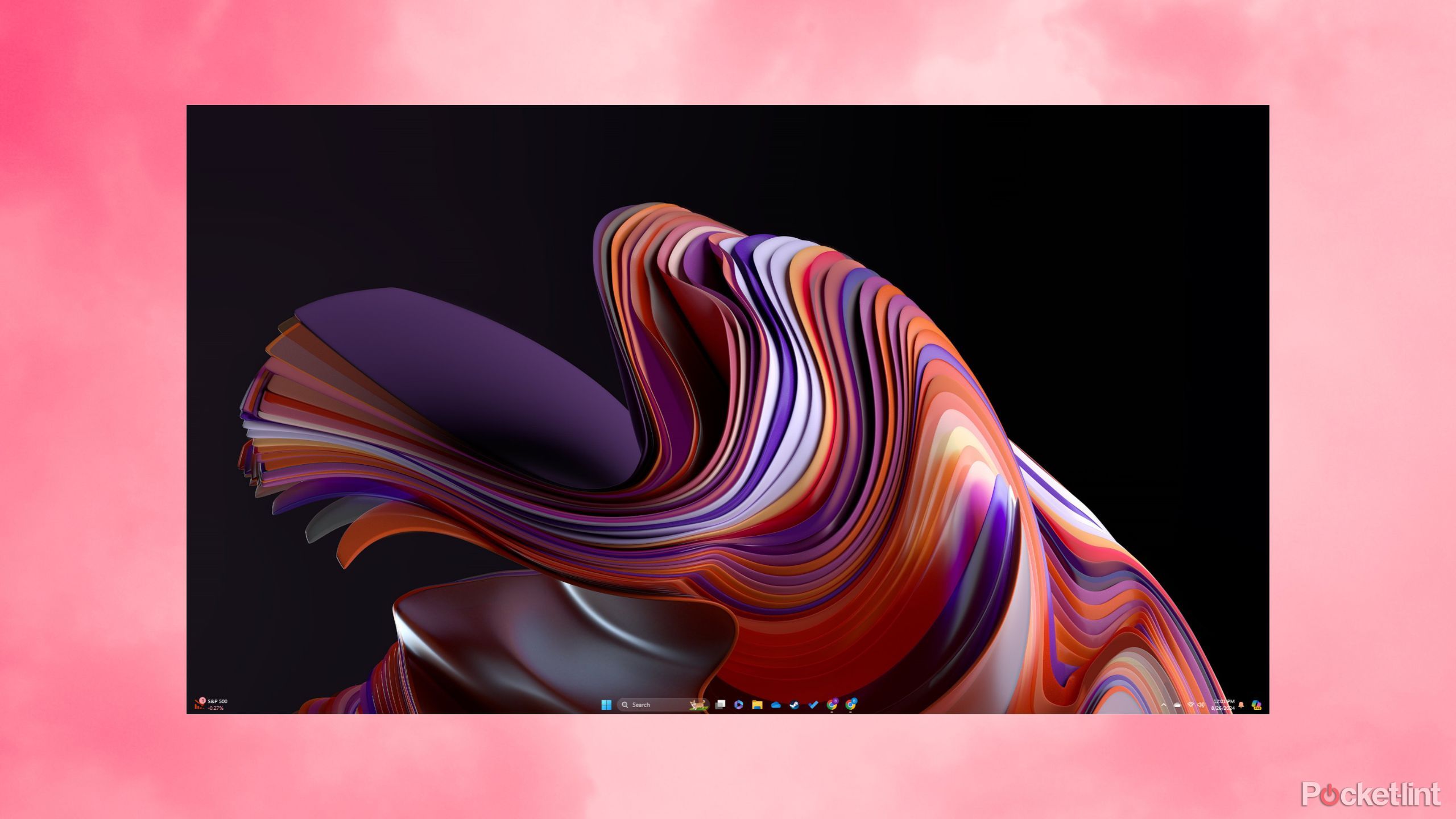Key Takeaways
- Android launchers are an ingenious way to change the look and feel of your operating system without adding too much complexity.
- Unfortunately, rival platforms don’t support launcher-style apps.
- Even desktop operating systems that offer a multitude of interface customization options can benefit from adopting a streamlined launcher-based paradigm.
One of the most appealing features of the Android operating system is its built-in support for third-party home screen launchers. These apps can be downloaded like any other app, but they serve to replace your phone’s home screen with something entirely different.
There are plenty of Android launchers out there, from the highly customizable Nova Launcher to the elegant, list-based Niagara Launcher. Whichever you choose, you’ll enjoy plenty of home screen control, customized interface designs, and unique setup options.
Android’s home screen launcher is incredibly flexible and extremely easy to use for the everyday user, so we certainly hope that a comparable solution is available on competing platforms.
iOS and iPadOS will be the perfect home for launcher-style apps
Imagine all the unique home screen solutions that third-party developers could come up with for the iPhone.
My personal Android launcher of choice is Niagara. It’s beautifully crafted with great attention to detail, and since I switch between my iPhone and Android phone a lot, I’d love to have Niagara on my iPhone and iPad too.

Niagara Launcher
A unique and fun reinterpretation of the Android home screen.
Of course, most people don’t switch phone brands especially often, but muscle memory is important, and having a basic Android-esque launcher would make the transition to iOS a much smoother experience for those considering switching.
Moreover, the framework for Apple’s adoption of home screen launcher apps is already in place: Android is similar to iOS and iPadOS in that it’s a mobile-first, app marketplace-centric user experience, providing a basic blueprint for Apple to follow.
While Apple has well-publicized and tight control over the types of apps it allows in the App Store, I am a little hopeful: if you’d told me a few years ago that retro game emulation apps would rocket to the top of the iOS charts, I would have called it a bluff.
Desktop operating systems can also benefit from launcher apps
Launchers have the potential to significantly democratize the desktop experience
Interface customization is already pretty common when it comes to desktop PC operating systems: there are tons of apps and programs available that let you change the look and feel of your system, and it’s entirely possible to tweak most UI and shell elements.
Windows in particular is a highly flexible OS that, with just a little tinkering, allows you to completely remake the interface in your own image: for example, popular solutions such as StartAllBack and Start11 allow you to replace the start menu and taskbar interface elements with entirely new ones.

Start All Back
It’s a popular Windows 11 application that lets you customize your Start menu and taskbar experience.

Start 11
It’s a replacement for the well-known Windows 11 Start Menu, with a lot of room for tweaking.
What’s missing is a simple Android launcher-style setup that integrates into your system, making it easy to download, install, activate, and switch to a desktop replacement. The aforementioned Windows programs are great, but they’re not the most user-friendly solution for most PC users.
Could the launcher app actually make an appearance in Apple’s App Store or the Microsoft Store?
In an ideal world, you would be able to download Niagara Launcher onto your iPhone and sync your layouts without any issues. Of course, this isn’t the case now, but it’s entirely possible that will change in the future. Whether you agree with it or not, the European Union and the US government are putting increasing pressure on Apple to relax its software policies.
On the PC side, there’s little stopping an enterprising developer from creating a desktop launcher that would provide a functional alternative to the default launcher. The real problem here is the lack of API and framework support required to integrate the launcher system-wide.
Unfortunately, this doesn’t seem likely in the short term, as big tech companies aren’t all that keen to usher in the age of desktop replacement apps. For the time being, it’s still possible to tweak the interface on your PC, but it’s not as accessible as it could be in the future.
I sincerely hope that one day launchers will make it onto operating systems other than Android, and I can envision a scenario where a rich ecosystem of home screen and desktop replacement apps populates the charts and neatly joins the mainstream discussion.



